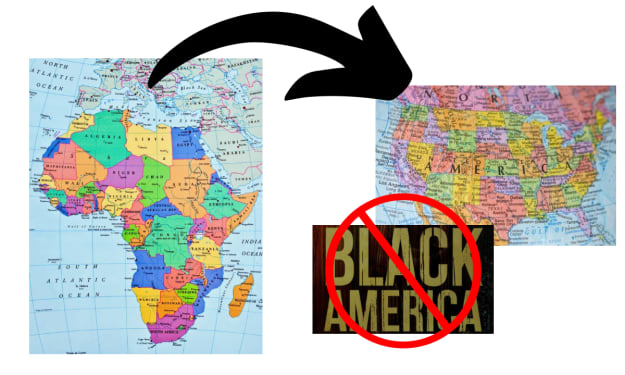
A few months, I set myself a little ‘challenge’ on Twitter. I decided to write and share one haiku a day. It didn’t exactly work out the way I planned - some days I forgot to post and ended up playing catch-up on other days - but I did successfully write thirty-one haikus throughout the month *high five*.
I wasn’t incredibly strict with sticking to the ‘traditional’ haiku structure. I had fun with it and explored other types of haiku writing throughout the month. A haiku traditionally focuses on nature and is centred on the ‘present moment’. It may mention human emotion, but usually only with reference to nature or the seasons. A senryu uses the haiku format but focuses on human emotion; a lune uses the haiku format but can be about absolutely anything. And there are adapted formats, like a monoku - one-line haiku. Then there is a tanka - a thirty-one-syllable poem, traditionally written in a single unbroken line. A form of waka, (Japanese verse) tanka translates as ‘short song’ and are known for five-line, 5/7/5/7/7 syllable count form (I did not attempt a tanka during my challenge!).
Were my haiku any good? Nah, some were pretty naff, to be honest. Although some of them I did quite like. But the challenge wasn’t about writing ‘perfect’ haiku, it was about writing, and it certainly helped me achieve that. Here’s a few examples of what I wrote:
A Traditional Haiku:
the smell of freshly
cut grass, birds leap between
the overgrown hedgerows
A Senryu:
alone with myself
my voice thickened like honey
a night of silence
A Lune:
car engine idles
as streetlights forget to hide
my waiting for you
A Monoku:
just a moth fluttering between dimming hearts.
The wonderful thing about haiku is the playfulness of the form. I love the tightness of the 5-7-5 structure - it’s a fun word challenge! But if you want to write ‘good’ haiku, it’s worth remembering that haiku is so much more than the straightforward structure and form. As well as the key themes, haiku need to capture vivid imagery.
Haiku should juxtapose two images to capture a moment of insight about the world or oneself. Rather than the 5-7-5 sentence structure, you should focus more on the ‘17-syllables’ rule - that’s when you really begin playing around with this poetic form. Although, haiku do not have to be 17 syllables.
The more I write haiku, the more I fall in love with this poetic form. I’ve always been a fan of writing short and sweet when it comes to my fiction writing, so I feel very at-one when creating haiku.
My love has also led me to seek out more writers/poets who do beautiful things with the form. Here are three of my favourites:
Fay Aoyagi
Fay’s haiku stay very much true to traditional haiku form, themes, and vivid imagery. She weaves magic with her haiku, and I adore reading and rereading everything she writes. She places a lot within very few words - precisely the purpose of haiku.
On her site, Blue Willow Haiku World, Faye shares a daily haiku translation and excellent resources about writing haiku. She also writes essays on the form and how she’s exploring it, and they are well worth spending some time with.
Yu Chang
Yu Chang was the grand prize winner of the Shiki Internet Haiku Contest, winning the contest back to back in 1996 and 1997. He then won the Museum Of Haiku Literature Award in 1998 and the Harold G. Henderson Haiku Award in 1999. So, when it comes to haiku, he knows a thing or two (yes, that rhyme was intentional. I had just had to).
I like Chang’s work because he brings humour and lightness to what he writes about within the haiku form, often bringing in benign observations from his everyday life working within a university. They’re a wonderful testimony to the power of observation.
Lee Gurga
Lee Gurga is an American haiku poet. In 1997, he served as president of the Haiku Society of America. He was the editor of Modern Haiku magazine from 2002 to 2006, and is the current editor of the Modern Haiku Press.
Gurga’s poems have a more metaphorical approach, and I enjoy the way he really plays with the form - usually avoiding the 5-7-5 structure entirely and juxtaposing unusual imagery with one another. His haiku are very contemporary and worth seeking out.
...
If, like me, you feel drawn to the haiku form and want to begin working with it yourself, my recommendation is to simply start. Much like my challenge, just begin by picking up on what you notice around you, make notes, be observant - go back to your desk and see what you can slice together
Don’t be afraid to play! For me, the best thing about writing haiku is finding joy in the words and sentences I can create when I have to be concise.
Let joy lead your way.
About the Creator
elaine c.
writer etc.
finding my way with words.
haiku apprentice.






Comments
There are no comments for this story
Be the first to respond and start the conversation.